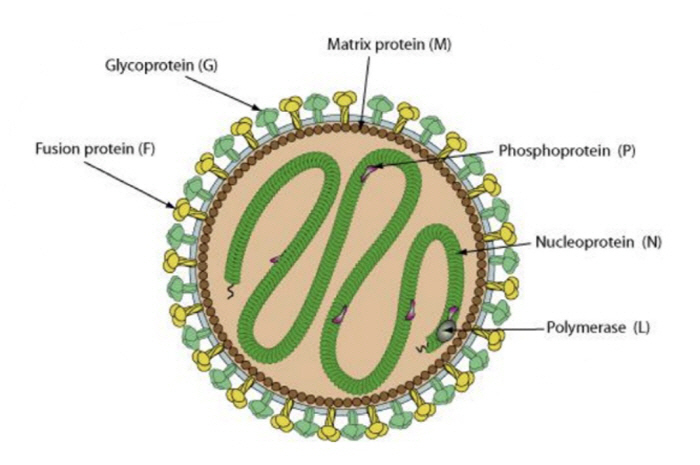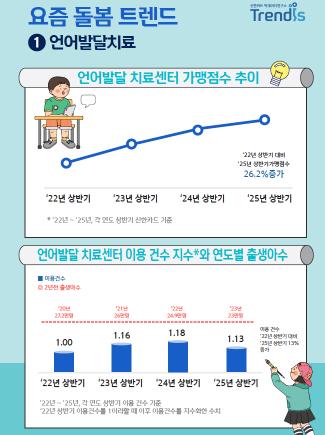70% fatality rate Nipavirus infection, first-class legal infections, and quarantine infections were newly designated
Sep 08, 2025
|
This measure is the first case of newly designating a first-class infectious disease since the reorganization and introduction of the water supply system in 2020 'Infectious Disease Prevention and Management Act'. Since the revision, patients and suspected patients diagnosed with nipavirus infection are subject to public health management such as reporting, isolation measures, contact management, and epidemiological investigations.
Grade 1 infectious diseases are the highest level among legal infectious diseases (grades 1 to 4), and must be reported immediately after the patient occurs. Currently, 17 species are designated, including Ebola virus disease, Lhasa fever, and Middle East Respiratory Syndrome (MERS), but with the addition of the Nipah virus infection, the number has increased to 18.
Last year, the World Health Organization (WHO) selected the nipavirus as one of the candidates for pathogens that can cause an international public health crisis (PHEIC) in the future and announced the importance of active response and development of vaccines and treatments.
Nipah virus infection, first named 'Nipah virus' after the region first reported on a pig farm in Malaysia in 1998, is a zoonotic infection that spreads between humans and humans after being transmitted to animals such as humans or pigs through infected fruit bats. So far, known routes of nipavirus infection can be infected if they come into contact with infected animals (fruit bats, pigs, etc.) or consume contaminated food (such as jujube palm fluid), and human-to-human transmission is known to occur through direct or body fluid contact.
Common symptoms of nipavirus infection include fever and headache on the first 3 to 14 days and signs of respiratory diseases such as cough, sore throat, and dyspnea. The stage of swelling of the brain (encephalitis) can be followed, and symptoms resulting from this can include drowsiness, disorientation, and mental confusion, and can quickly progress to a coma within 24-48 hours. There is no vaccine or treatment yet, and the fatality rate is high at 40 to 75%.
Since it was first identified in Malaysia in 1998, no patients with nipavirus infection have been reported in Korea so far, but it is judged to be a disease to be watched and the designation will be preemptively pursued. It occurs sporadically in Asian countries within the fruit bat habitat, and in particular, cases have been reported in India and Bangladesh recently, so care should be taken when visiting those countries. In India, there were two cases (deaths) last year and four cases (two deaths) this year. Bangladesh also reported five cases (deaths) last year and three cases (deaths) this year.
It is necessary to avoid contact with animals such as bats and pigs when visiting major areas where Nipavirus infection occurs, to prohibit the intake of jujube palm sap in the outbreak area, and to comply with basic rules to prevent human infection.
The Korea Centers for Disease Control and Prevention has already established a diagnostic test system to enable diagnostic tests through the Genetic Detection Test (RT-PCR) when entering Korea, and has completed preliminary preparations by designating India and Bangladesh, where cases continue to occur recently, as quarantine management areas and requiring quarantine officers to report their health conditions through Q-CODE (Quarantine Information Pre-Input System) or health status documents when entering the country.
Front-line medical institutions should immediately report suspected patients of Nipah virus infection to their local health centers and the Korea Centers for Disease Control and Prevention (KCDC) if necessary, and quarantine measures should be taken if necessary.
Director of the Korea Centers for Disease Control and Prevention Lim Seung-kwan said, "The designation of Nipavirus infection as a first-class infectious disease is a measure to proactively prepare for the risk of the influx of infectious diseases occurring overseas." "As the COVID-19 experience has increased the importance of responding to new infectious diseases, we will closely monitor the global outbreak and continue to strengthen the domestic infectious disease management system."," he stressed.
This article was translated by Naver AI translator.














